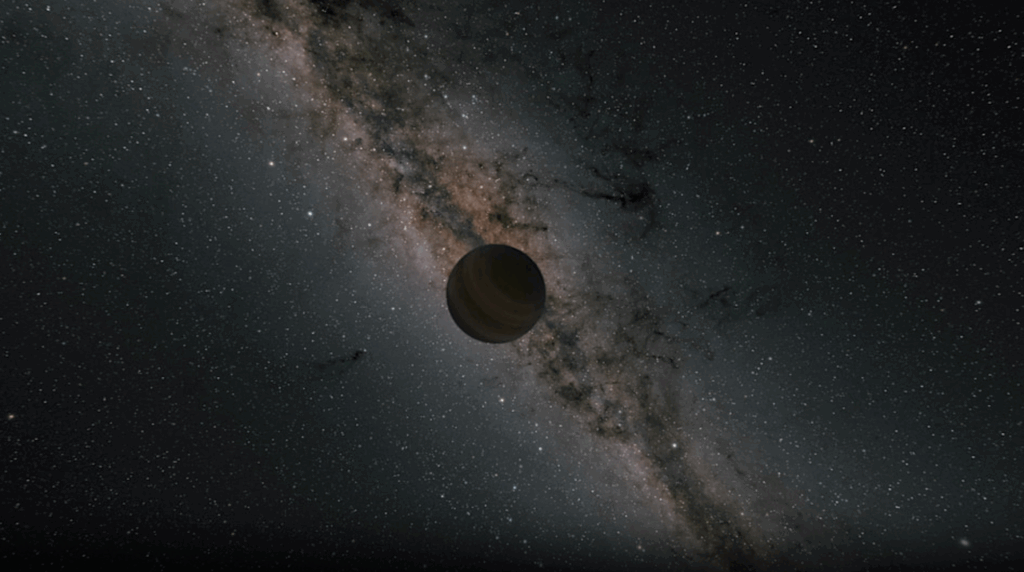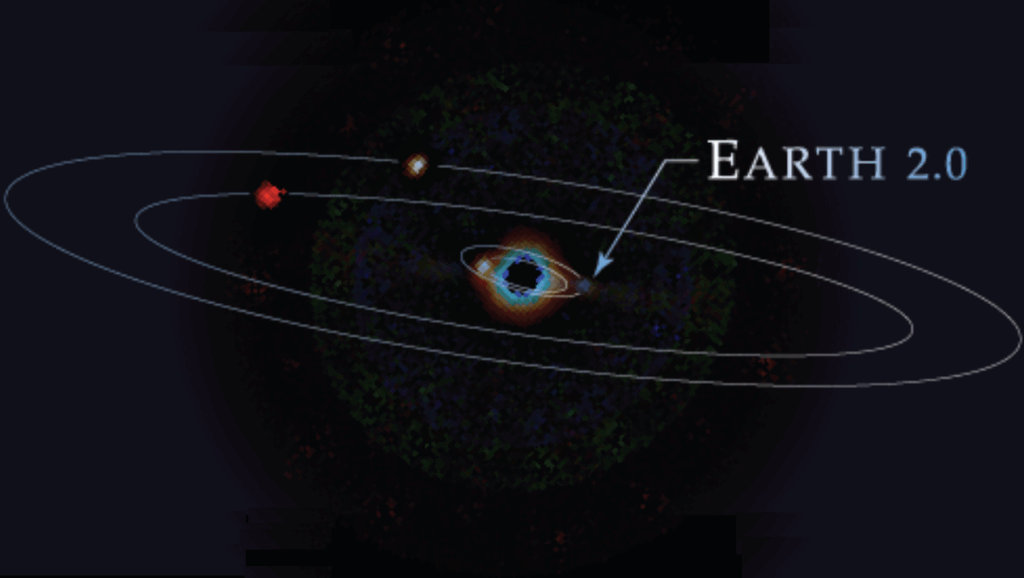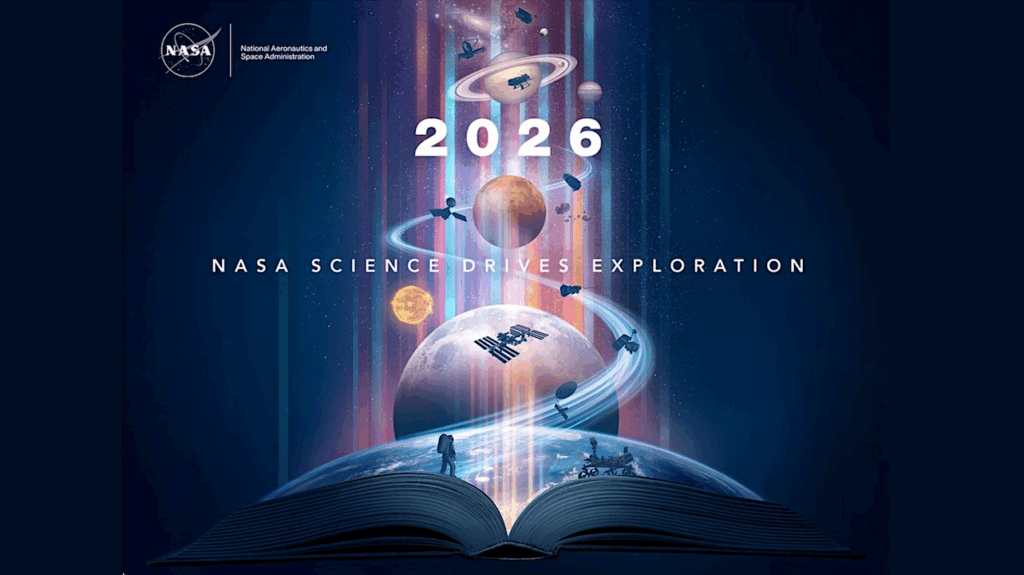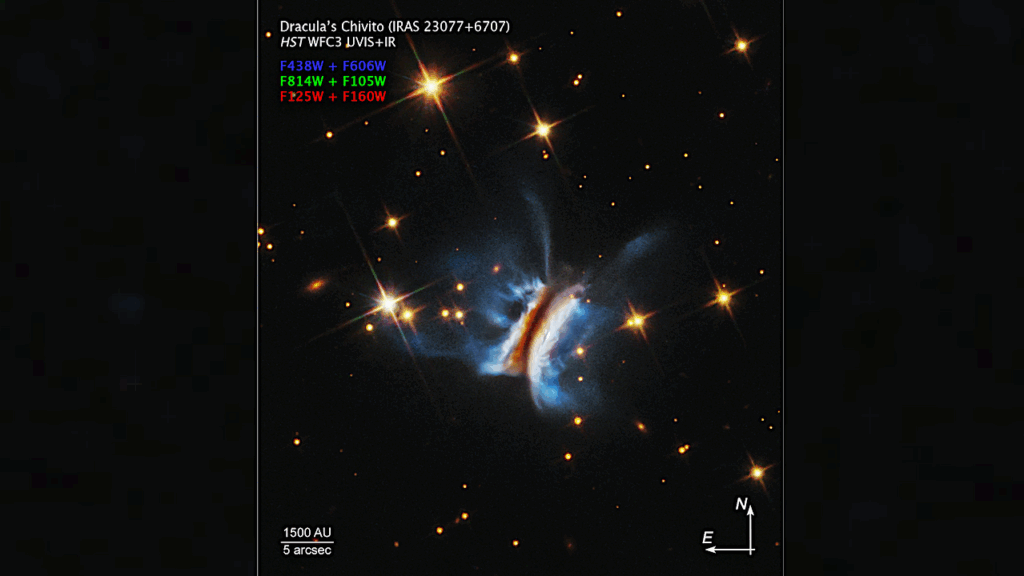Breakthrough Listen Releases Initial Results and Data from Observations of ‘Oumuamua

No evidence of artificial signals emanating from the object so far detected by the Green Bank Telescope, but monitoring and analysis continue. Initial data are available for public inspection in the Breakthrough Listen archive.
Breakthrough Listen – the initiative to find signs of intelligent life in the universe – is reporting preliminary results and making initial data available from its observations of the “interstellar visitor” ‘Oumuamua[1].
The initial block of observations (the first of a planned four blocks) ran from 3:45pm to 9:45pm ET on Wednesday, December 13, using the Breakthrough Listen backend instrument on the Robert C. Byrd Green Bank Telescope in West Virginia. Listen observed ‘Oumuamua across four radio bands (corresponding to four of the radio receivers available at Green Bank, denoted L, S, X, and C), spanning billions of individual channels across the 1 to 12 GHz range.
In addition to calibration observations, the instrument accumulated 90 TB of raw data over a 2 hour observation of ‘Oumuamua itself. A search for signals that may be of artificial origin has begun, but despite the impressive computational power of the Breakthrough Listen computing cluster at Green Bank, the large data volumes mean that this will take some time to complete.
“It is great to see data pouring in from observations of this novel and interesting source,” said Andrew Siemion, Director of Berkeley SETI Research Center. “Our team is excited to see what additional observations and analyses will reveal”
The Breakthrough Listen “turboSETI” pipeline[2] combs the data for narrow bandwidth signals that are drifting in frequency. By matching the rate at which these signals drift to the expected drift due to the motion of ‘Oumuamua (in addition to rejecting interfering signals from human technology that do not match the sky position of the primary target), the software attempts to identify any signals that might be coming from ‘Oumuamua itself.
No such signals have been detected, although the analysis is not yet complete. So far, data from the S-band receiver (covering frequencies from 1.7 to 2.6 GHz) has been processed, and analysis of the remaining three bands is ongoing. A subset of the S-band data is now available for public inspection in the Breakthrough Listen archive[3], and additional data will be added as it becomes available.
The data is stored in specialized formats, and analyzing it may be challenging for non-experts. We invite those who are interested to study the tutorial material[4] provided by the Breakthrough Listen science team at the University of California, Berkeley, SETI Research Center and to assist with the analysis not only of this intriguing object, but of the entire Breakthrough Listen dataset.
Breakthrough Listen is a scientific program in search for evidence of technological life in the Universe. It aims to survey one million nearby stars, the entire galactic plane and 100 nearby galaxies at a wide range of radio and optical bands.
The Breakthrough Initiatives are a suite of scientific and technological programs looking for life in the Universe.
For media inquiries: [email protected]
OR
Rubenstein Communications, Inc.
New York, New York
Janet Wootten
[email protected] / +1.212.843.8024
[1] For more background information on this object, see https://breakthroughinitiatives.org/news/14
[2] As used for the analysis of 692 stars released earlier this year, and described at http://seti.berkeley.edu/lband2017
[3] http://breakthroughinitiatives.org/opendatasearch
[4] http://bit.do/HowToFindET








